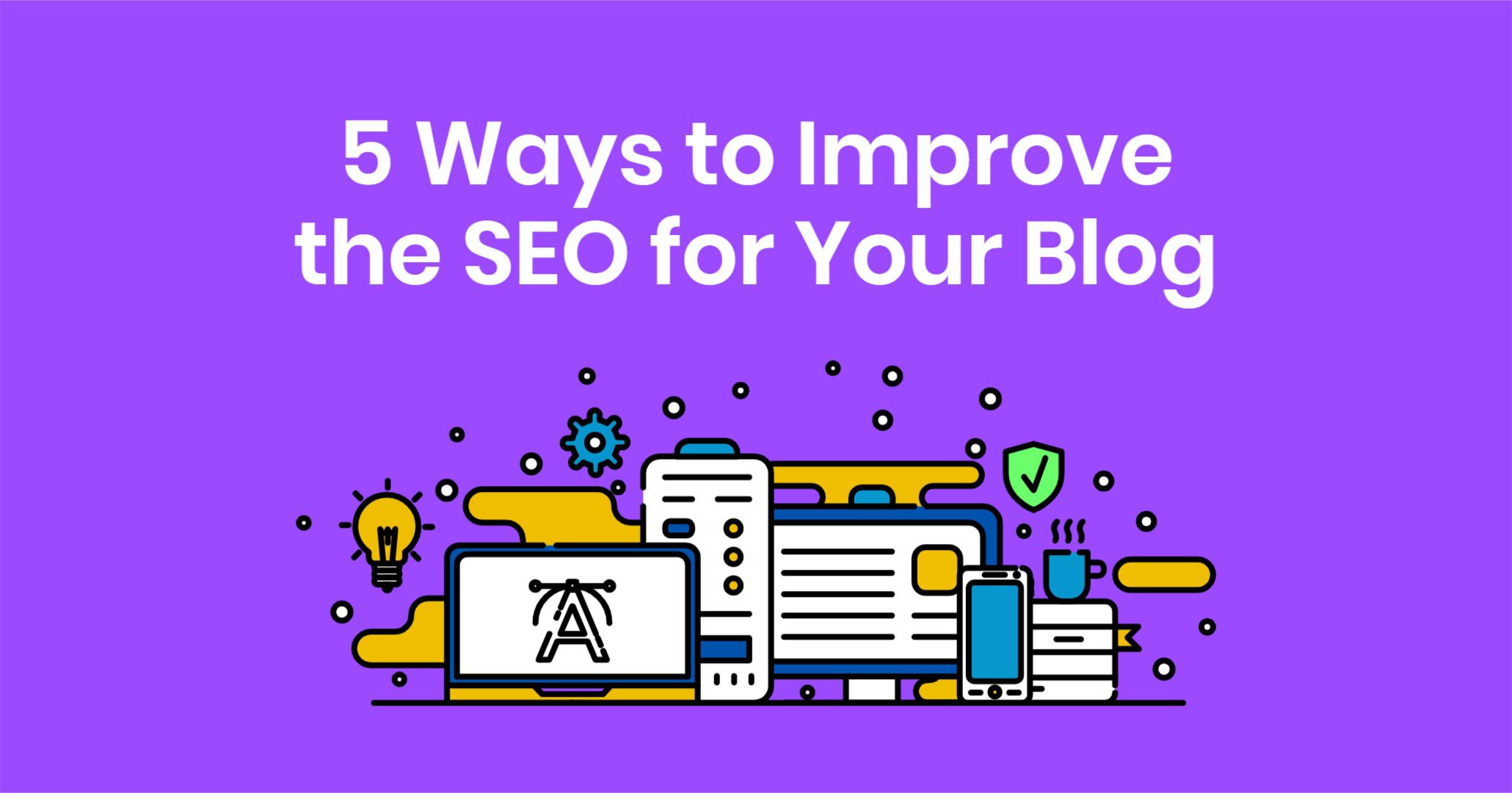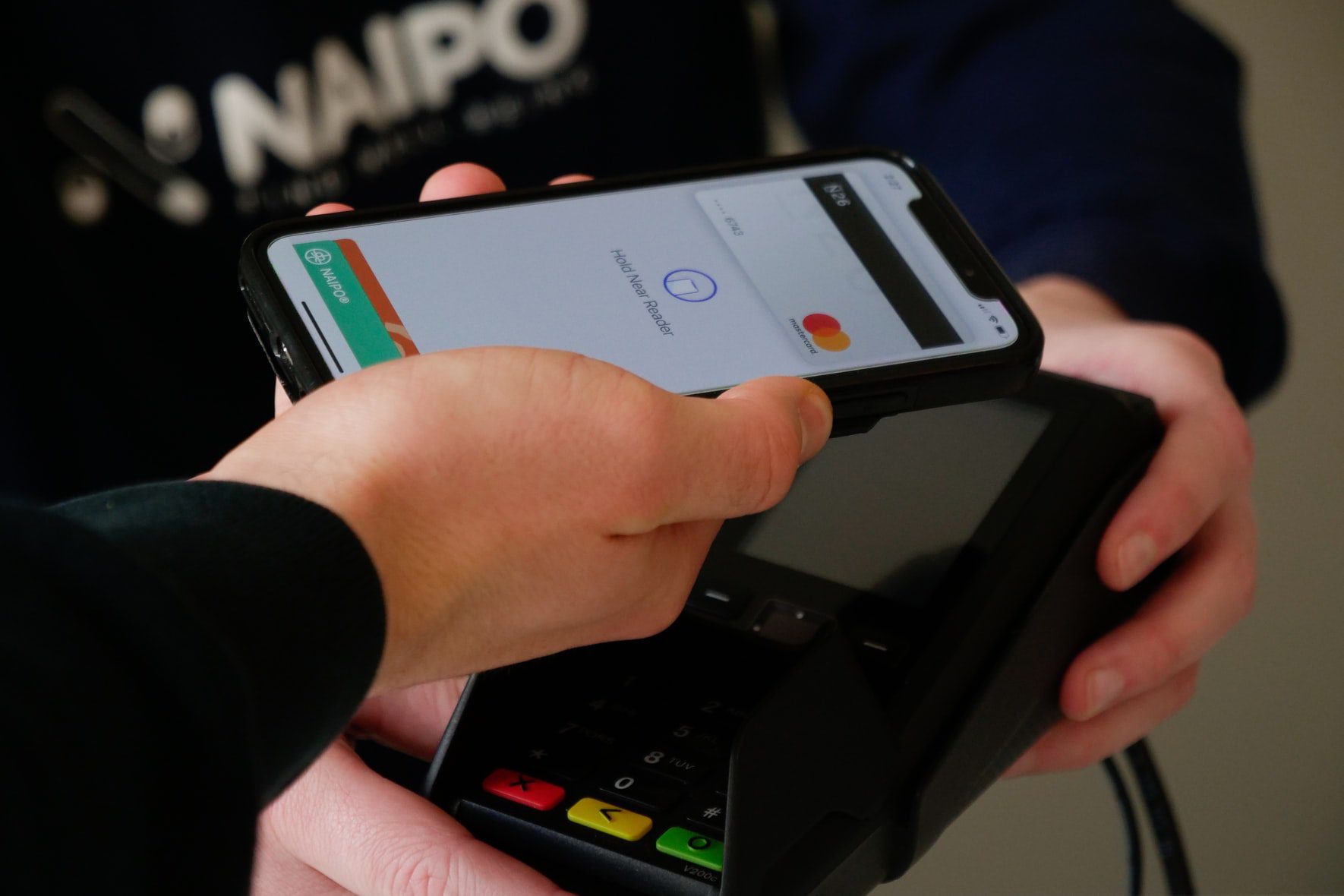eCommerce Product Page Optimization: Tips and Best Practices

In this article, we’ll focus on eCommerce product page optimization as a way to improve business performance and digital presence.
Statista says the global revenue of the eCommerce market can reach $4,117 billion in 2024. By 2029, it is predicted to get an incredible $6,478 billion.
It’s also forecasted that there will be about 333 eCommerce million users in the US alone by 2029, almost 22% more than the current numbers.
This speaks volumes about the eCommerce sector’s need for new approaches and fresh solutions.
What is product page optimization, and why is it important?
Product page optimization is the process of improving your product page to boost user experience, increase rankings and traffic, and, as a result, enhance sales.
Product page SEO helps make a product page engaging for customers so that they spend more time on it, get interested in your product, and then purchase it.
It implies engaging product descriptions, convincing product titles, and high-quality images. It’s also about overall page performance — fast loading times, excellent mobile responsiveness, and informative content.
Recent studies show that about 40% of shoppers spend about 10–30 minutes researching before making an actual purchase. At the same time, there’s a rising issue with people’s ability to focus. This makes it essential to provide a seamless and engaging customer experience on your eCommerce product pages. For instance, utilizing call center software can facilitate immediate customer support, helping to answer questions and provide information quickly, thus keeping potential customers engaged and reducing bounce rates.
“In 2004, we measured the average attention on a screen to be 2.5 minutes. Some years later, we found attention spans to be about 75 seconds. Now we find people can only pay attention to one screen for an average of 47 seconds.” — says Dr. Gloria Mark, a psychologist and professor of Informatics at the University of California, Irvine.
This only adds to the importance of your eCommerce product pages’ high informativeness and engagement to stand out among competitors and win customers.
Best ways to optimize eCommerce product pages
Now, let’s explore the main elements of eCommerce product page SEO you should address to attract prospects.
Keyword optimization
This is about making your eCommerce website visible and clickable in search engines like Google. By identifying the right keywords, you ensure that your product pages reach your target audience and appear in relevant search results.
The main goal here is to incorporate the right keywords in product descriptions, titles, main content, and even images while avoiding keyword stuffing so that users read your product page’s content naturally.
The process typically starts with keyword research, which implies identifying relevant keywords for your eCommerce product page. The next step is keyword clustering — grouping related keywords to target multiple search queries within a single page. However, it might be challenging to manually perform keyword research for thousands of pages of your eCommerce website. That’s why the automation of this process with keyword grouping tools like the one from SE Ranking is a common thing.
This SEO tool allows you to group thousands of keywords in just a few minutes, thus significantly saving time and minimizing mistakes in keyword clustering. It helps you analyze search volumes and the relevance of keywords and group them based on search intent and similarity, focusing on how your target audience searches for your product. With product pages, it’s recommended to focus on keywords with transactional and commercial search intent.
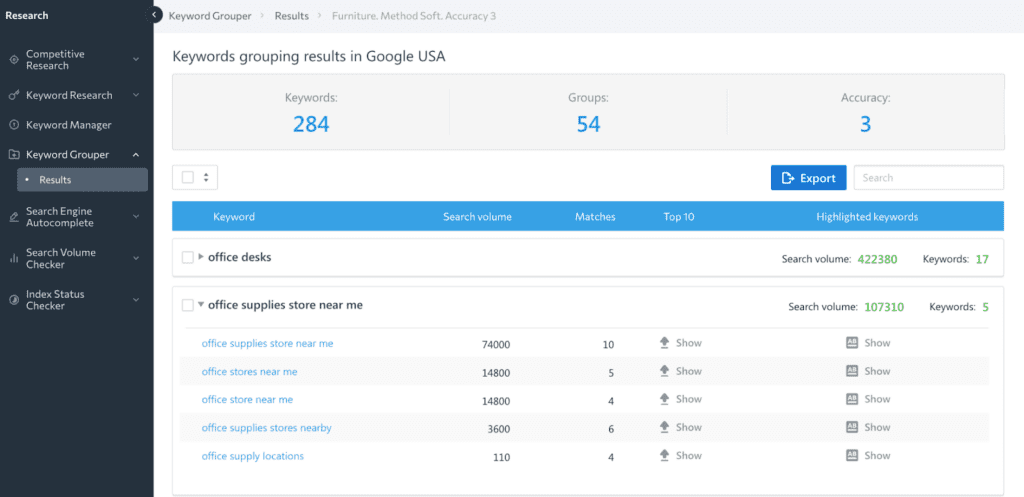
Source: SE Ranking
Alignment of titles and descriptions with user searches
The first thing a user sees in the search results is the title and descriptions of your product pages. That’s why working strategically on them is crucial to ensure you catch the user’s attention.
After identifying groups of product page keywords, ensure you effectively add them to the title and description of each product page. The primary rule here is to remember that the title and description should be concise yet compelling to persuade prospects to click on your website.
For optimal results, use universal title and description tag templates. Such templates should include product names, brand names, or other relevant product data and a target keyword. If you run a large eCommerce store, do this for each separate product category as well. This is required if your keyword research showcases that users search differently for the products you sell.
Clear call to action (CTA)
CTA buttons in eCommerce should grab users’ attention and prompt them to act and purchase.
The most common CTA button example is “Buy Now”. However, you can test different options and choose one that best fits your business objectives. For instance, it can also be “Add to Cart”, “Shop Now”, or even “I Want It”.
The trick is not to overdo it and create friction in the purchase journey. Instead, ensure the CTA button visually stands out from the surrounding content. The area around the button should be uncluttered so that nothing distracts the visitor from becoming a customer.
A good example is the CTA button on the ARKET clothing store website.
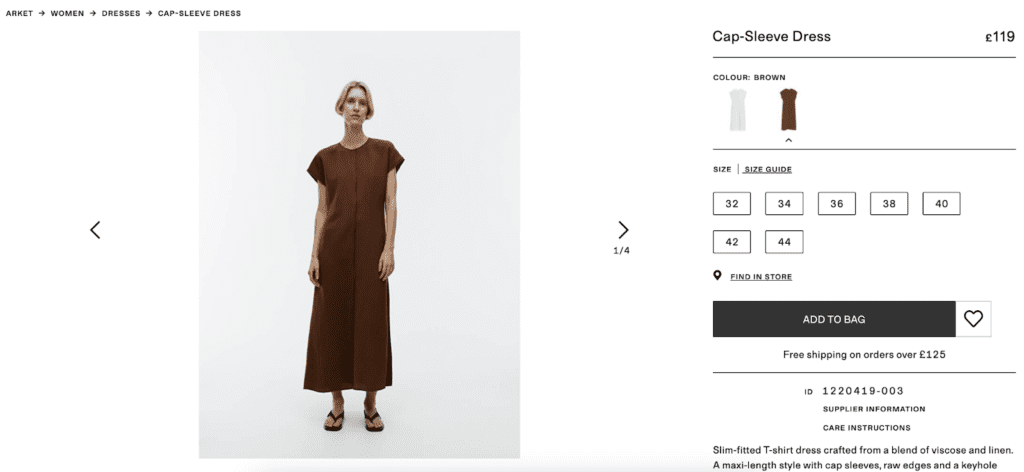
Source: ARKET
Page load speed
Considering the modern attention span issue, the page load speed is crucial for customers. Sometimes, even a one-second delay in page load time can drop conversion rates.
Here’s what you can do to ensure a higher page load speed, providing better user experience and higher rankings:
- Compress images
- Configure cache settings
- Minimize the use of third-party apps
- Implement lazy loading techniques, when images are loaded only when they come into view
Internal links
Internal linking is an essential part of the SEO product page optimization strategy. It helps to improve indexing by providing clear pathways for search engine crawlers. Additionally, it enhances user experience by allowing users to easily explore related products or find extra information on your website.
When developing your SEO strategy, it’s helpful to use an SEO checklist to ensure all aspects, including internal linking, are covered effectively. The main trick here is to ensure that the anchor text for internal links incorporates relevant keywords and clearly describes the destination page.
The screenshot below shows how internal linking is implemented through the “You may also like” section on the Lululemon athletic apparel retailer.

Source: Lulumelon
Google product structured data markup
Google’s product structured data markup improves eCommerce product page optimization by directly providing detailed information about products to search engines.
By inserting structured data, such as price, product reviews, or availability on your product page, you help Google understand and showcase your product more prominently in search results, like product snippets.

Source: Google Search Results Page
This makes product details more accessible and attractive in search results, improving visibility, click-through rates, and overall user engagement.
Social proof
As much as 91% of consumers say that reviews impact their perception of a brand somehow. This proves the importance of adding social proof to your eCommerce product pages.
Encourage customers to leave feedback after purchasing, either on your website or third-party platforms. By displaying product reviews, you build credibility among customers and increase the chances of purchases.
Moreover, you should respond to user reviews, both positive and negative. 88% of consumers say they would choose a business that responds to customer reviews over those that don’t.
There are several ways to integrate social proof into your product page:
- Prominent customer reviews and ratings
- UGC like photos and videos
- Social feedback from platforms like Instagram or X
- Media mentions like logos from famous review platforms
- Display of customers’ favorites (like on the screen from ASOS below)

Source: ASOS
Best ways to optimize product mockups for eCommerce
Now, let’s briefly review how you can optimize your eCommerce product mockups.
Opt for high-quality product images
90% of online consumers consider the quality of product images as the top factor in deciding what product to purchase. This shows the importance of making high-quality photos for your eCommerce product page.
Here are the main things to do to optimize product images:
- Product photos. Photos of a product should be taken from different angles, in all possible variations (for example, showing texture, color, shine, etc.), and with the possibility of zooming in. The screenshot below shows how IKEA demonstrates the texture of a cushion cover.
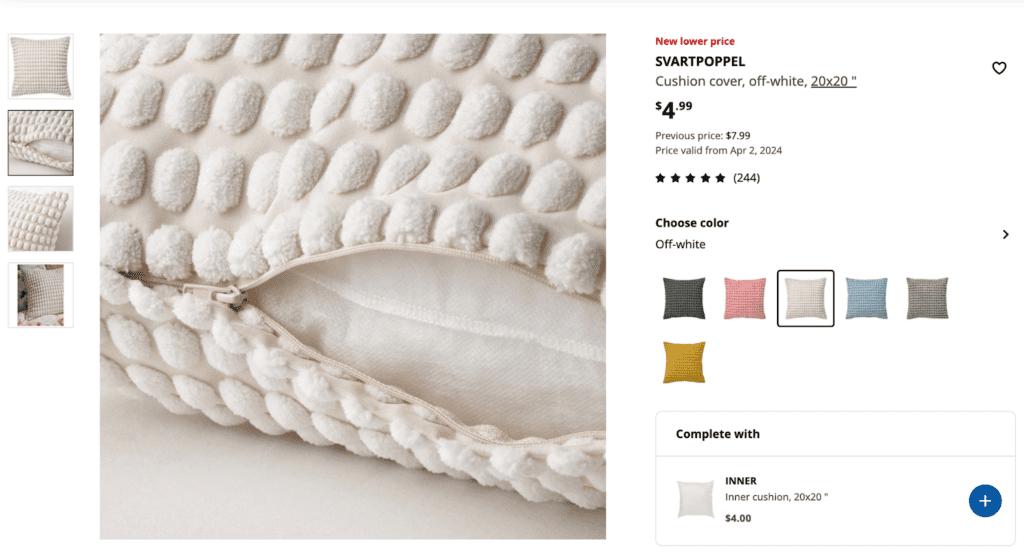
Source: IKEA
- Product mockups. When it’s impossible to make quality photos for each product in your store, opting for product mockups is recommended. This is a digital representation of your product from different angles and in various colors. There can be t-shirt mockups, notebook mockups, mug mockups, candle mockups, etc. The images below, for instance, show how Pandora uses mockups to demonstrate the earrings of different colors and materials.


Source: Pandora
Use descriptive Alt text and file names
Alt text is a description of the product photo or mockup that you add to the HTML code. It is not visible on the product page itself.
Alt text helps screen-reading tools describe an image for visually impaired users. It also helps search engines like Google to understand what an image is about, improving its chances of being displayed in Google Images.
For instance, alt text for the product photo on the Pandora website can look like this:
alt=”Pandora silver earring with diamonds”
Use <img src>
For image SEO, it’s common to use CSS when including images as background elements instead of using the <img scr> tag in HTML.
For Google to effectively index an image, it should be included in the HTML code with the <img scr> tag. It will look like this:
<img src=”/images/pandora-silver-earring-with-diamonds.jpg”>
Optimize image sizes
Heavy, high-quality images can often be the reason of low page load speed, which results in lost opportunities and sales.
That’s why you should keep the product image size as small as possible without hurting the quality — ideally, not more than 70 KB. To do so without compromising the quality of the image, you can offer an option to view larger pop-ups of images or detailed photos on a separate page.
Summing up
Product page optimization is essential for a business to stay on track and win new customers.
By optimizing product descriptions, titles, images, content, and technical details, you can ensure your website gets a better ranking and, thus, stays attractive to customers, bringing you more sales.
Implement the product page optimization recommendations given in this article and reap the benefits.
Related articles
Visualize your design Use a product mockup to showcase your design

Create your design Use our templates to create delightful designs for any medium

